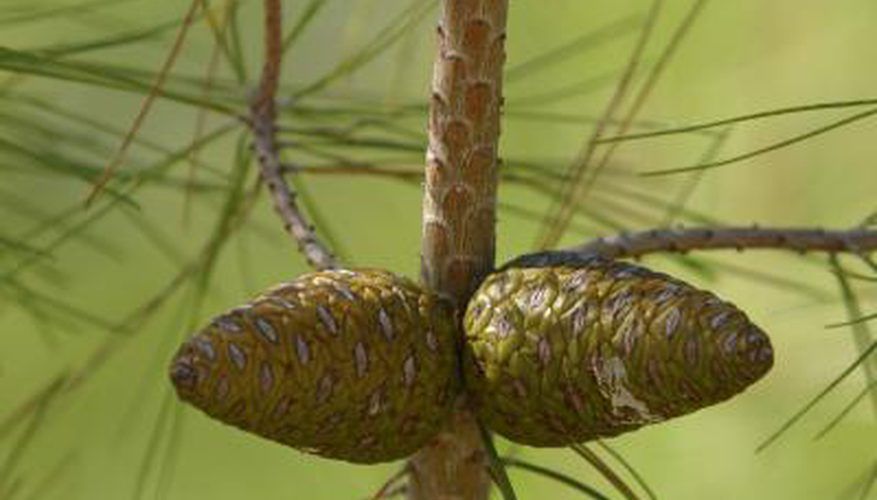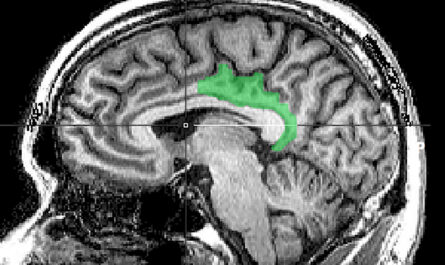A recent study has shed light on the significance of the growth cone in migrating neurons in promoting neuronal migration and regeneration in cases of brain injury. Researchers have discovered that a growth cone expressing PTPσ plays a crucial role in sensing the extracellular matrix and facilitating neuronal migration in the injured brain, ultimately leading to functional recovery. The detailed findings of the study have been made available in a paper titled “Identification of the growth cone as a probe and driver of neuronal migration in the injured brain,” published in Nature Communications.
The presence of neural stem cells in the postnatal mammalian brain allows for the generation of new neurons that migrate towards sites of injury. Enhancing neuronal migration has been linked to improved functional recovery following brain injuries. However, there are inhibitory factors that hinder neuronal migration at the injury sites, necessitating a deeper understanding of the underlying mechanisms to enhance the recruitment of new neurons and expedite recovery post-brain injury.
Migrating neurons exhibit a growth cone-like structure at their tip, the exact role of which in neuronal migration has remained unclear. In a pioneering effort, a research team led by Professor Kazunobu Sawamoto of Nagoya City University and the National Institute for Physiological Sciences, along with Chikako Nakajima and Masato Sawada, delved into unraveling the function of this growth cone-like structure in migrating neurons within the mouse brain. Employing super-resolution microscopy, the researchers examined the cytoskeletal dynamics and molecular characteristics of the neuronal tip, revealing that it shares crucial functions with axonal growth cones. Specifically, the growth cone of cultured migrating neurons exhibited responsiveness to external signals via tyrosine phosphatase receptor type sigma (PTPσ), guiding migration directionality and initiating cell body movement.
The growth cone’s response to chondroitin sulfate (CS) through PTPσ leads to its collapse and subsequent inhibition of neuronal migration. However, in the presence of heparan sulfate (HS), the growth cones can revert to their extended morphology, thereby re-enabling neuronal migration. To explore the potential of HS in counteracting the inhibitory effects of CS and promoting neuronal migration in injured brains, the researchers applied HS-containing biomaterial to CS-rich injured brain regions, resulting in enhanced growth cone extension and neuronal migration.
Furthermore, the implantation of HS-enriched gelatin fabric in such regions not only promoted the regeneration of mature neurons but also restored neurological functions. These findings suggest that a deeper understanding of the molecular mechanisms underlying growth cone-mediated interactions with the extracellular environment could pave the way for novel regeneration technologies focused on promoting neuronal migration.
Considering that aging alters the physical properties of brain extracellular matrix, including CSPG, the researchers underscore the importance of further investigating whether the growth cone-mediated treatment for recruiting new neurons from endogenous sources to damaged sites could also be effective in aged brains.
*Note:
1. Source: Coherent Market Insights, Public sources, Desk research
2. We have leveraged AI tools to mine information and compile it.



